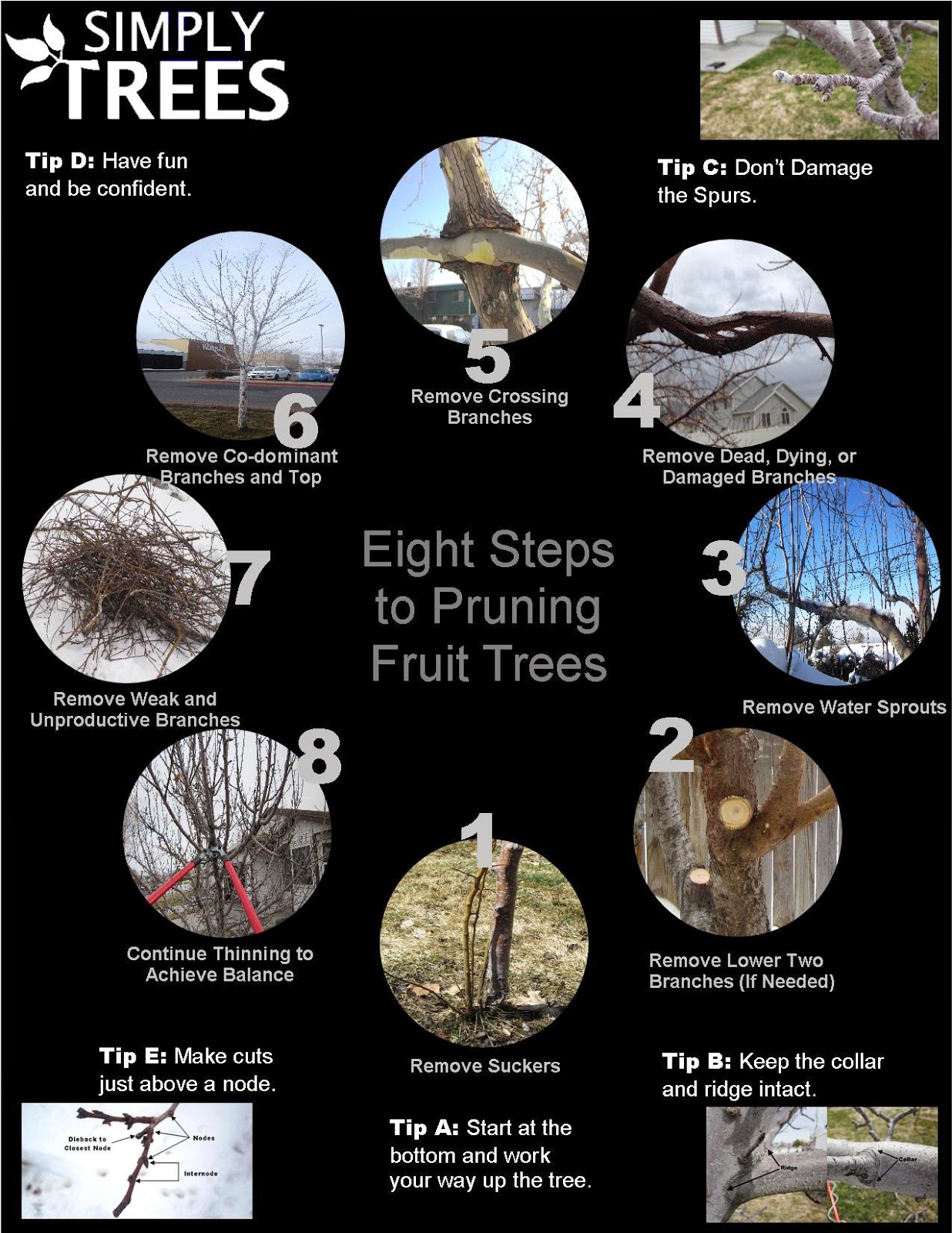Seasonal Tree Treatment: Just How To Handle Trees Prior To And After Elimination
Seasonal Tree Treatment: Just How To Handle Trees Prior To And After Elimination
Blog Article
Written By-
When asplundh tree service jobs concerns seasonal tree treatment, ensuring proper management before and after removal can considerably impact the wellness and aesthetic appeals of your landscape. By understanding the needed actions associated with assessing tree wellness and planning for removal, you can proactively secure your home. However what about the essential practices to adhere to once the tree is gone? Keep tuned to uncover the essential post-removal treatment measures that will help you grow a thriving and lasting environment for your trees.
Pre-Removal Tree Treatment
Before attending to the removal of a tree, it's important to focus on pre-removal tree treatment. Begin by evaluating the tree's health and architectural honesty. Look for indicators of illness, parasite problems, or any architectural concerns that might position a safety and security hazard during elimination. It's essential to talk to a licensed arborist to identify the most effective strategy.
Trimming low maintenance succulent garden or unhealthy branches can avoid further damages to the tree and guarantee a smoother removal process.
Furthermore, take into consideration the ecological effect of getting rid of the tree. Trees play an essential duty in our ecological community, so planting a brand-new tree in an appropriate location can aid balance out any kind of loss. Ensure that you have the essential authorizations and approvals for tree elimination, particularly if the tree is protected by local guidelines.
Seasonal Upkeep Tips
Analyzing your tree's requirements throughout the year is imperative for its wellness and durability. To maintain arborist chainsaw in leading condition, adhere to these seasonal upkeep suggestions.
In springtime, focus on pruning to remove dead or damaged branches and urge brand-new development.
Summertime calls for normal watering, specifically during droughts, to guarantee your tree remains hydrated.
As fall techniques, keep an eye out for very early indicators of illness or tension, and consider applying mulch to secure the origins throughout winter season.
In winter season, be cautious when removing snow from branches to prevent damage, and continue to check your tree's general health and wellness.
Remember to adjust your treatment regular based on the specific requirements of your tree varieties and local environment. By remaining mindful and positive throughout the seasons, you can assist your trees prosper and flourish for several years to come.
Post-Removal Tree Treatment
To make sure the health and wellness of your landscape also after tree elimination, proper post-removal treatment is crucial. After a tree is gotten rid of, it's important to fill up the staying hole with topsoil and portable it to avoid settling. This will certainly help preserve the honesty of the ground and avoid potential dangers in the future.
Think about growing new plants in place of the eliminated tree to recover the equilibrium and aesthetic appeals of your landscape. On a regular basis water the location to promote the development of brand-new plants and avoid dirt erosion.
Check the surrounding trees for any type of indications of condition or stress and anxiety that might have been brought on by the gotten rid of tree. Watch out for pests that might've been attracted to the previous tree and take safety nets to safeguard the staying vegetation.
If necessary, consult with a professional arborist to analyze the influence of the elimination on the bordering trees and determine any type of additional treatment needed. By following these post-removal care steps, you can ensure the continued health and wellness and charm of your landscape.
Conclusion
Finally, positive seasonal tree treatment is important for keeping the health and wellness and balance of your landscape. By examining visit the up coming article , pruning, and speaking with an arborist prior to removal, you can ensure a safe process. After elimination, filling the hole, planting new plants, and normal watering will certainly promote brand-new growth and protect against disintegration. Keep in mind to evaluate surrounding trees for disease and seek additional care steps from an arborist to keep your landscape thriving.
